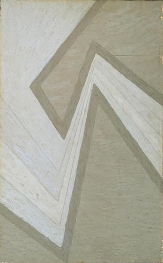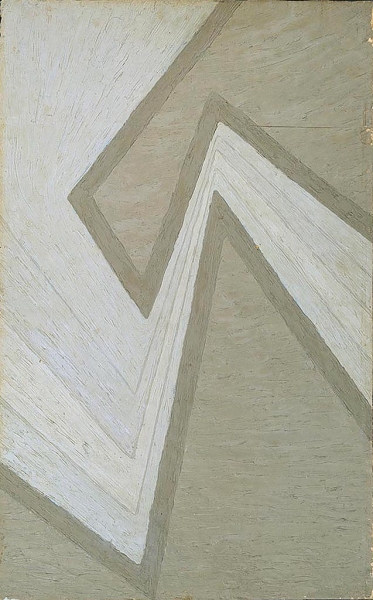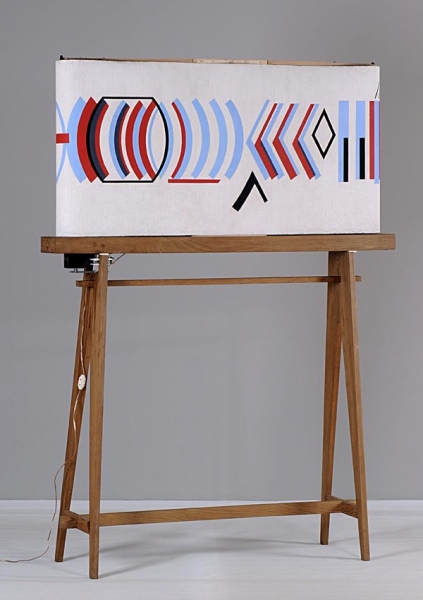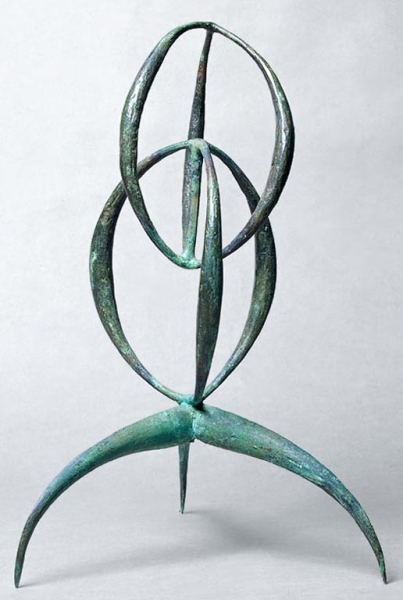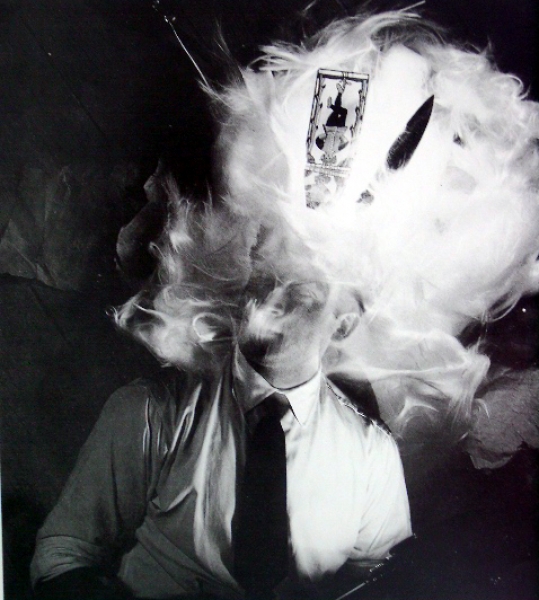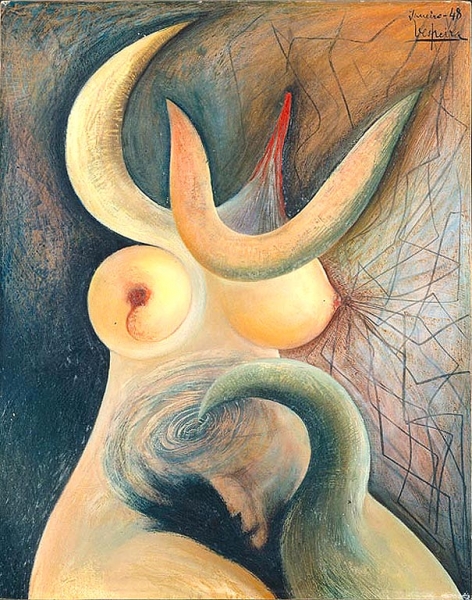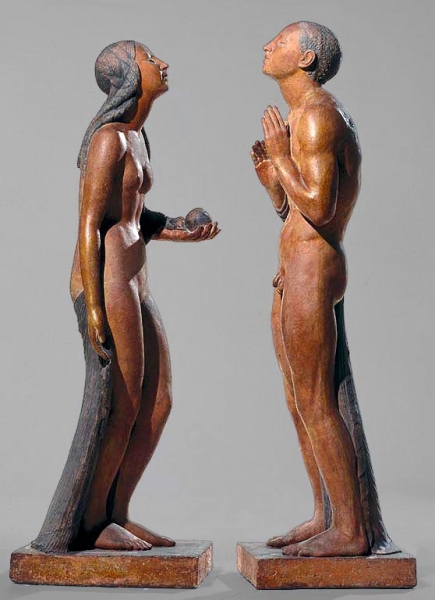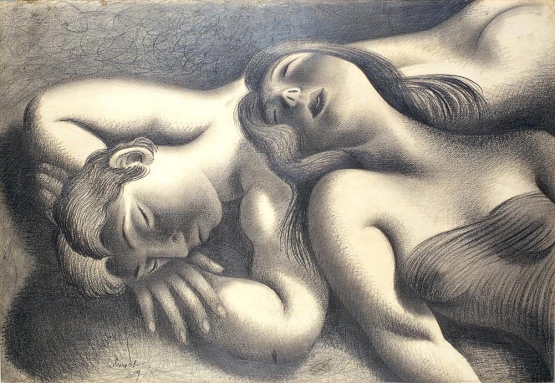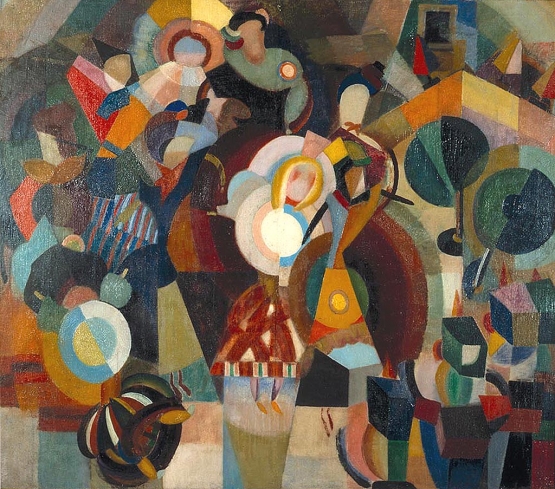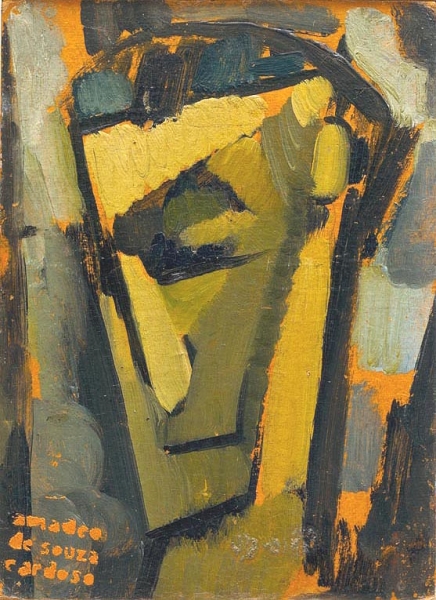Twentieth Century Portuguese Art (1910-1960) is the second of three large exhibitions to successively mark the commemorations for the centenary of the MNAC – Museu do Chiado, providing an overall view of its collection. This period, which corresponds to the first fifty years of the museum's existence, is decisive in the history of Portuguese art.
In the first few decades, the winds of freedom blowing from the Republican revolution opened the way for the establishment of avant-garde movements and the dawn of modernity. From the 1930s, the development of modernisms by different generations of artists took place in the unfavourable context of a dictatorial regime which, throughout the 1940s, became increasingly censorial, provoking a range of reactions from artists and movements faced with the social and cultural limitations and the sparsity of information reaching them from the outside world.
The series of works presented here resulted from purchases made by two of the MNAC’s directors during this period – Adriano de Sousa Lopes (1929-44) and Diogo de Macedo (1944-59) – as well as subsequent acquisitions, donations and deposits that consolidated groups of works by particular artists and refreshed the collection with work by emerging artists, giving substance to the name Museu Nacional de Arte Contemporânea. Despite the fact that, due to various historical vicissitudes some artists and movements are insufficiently well represented in this collection (the most obvious case being Maria Helena Vieira da Silva), the exhibition sketches a view of the period, its creators, and the respective dynamics at work in Portuguese art during the first five decades of the twentieth century.
Adelaide Ginga
Curator

